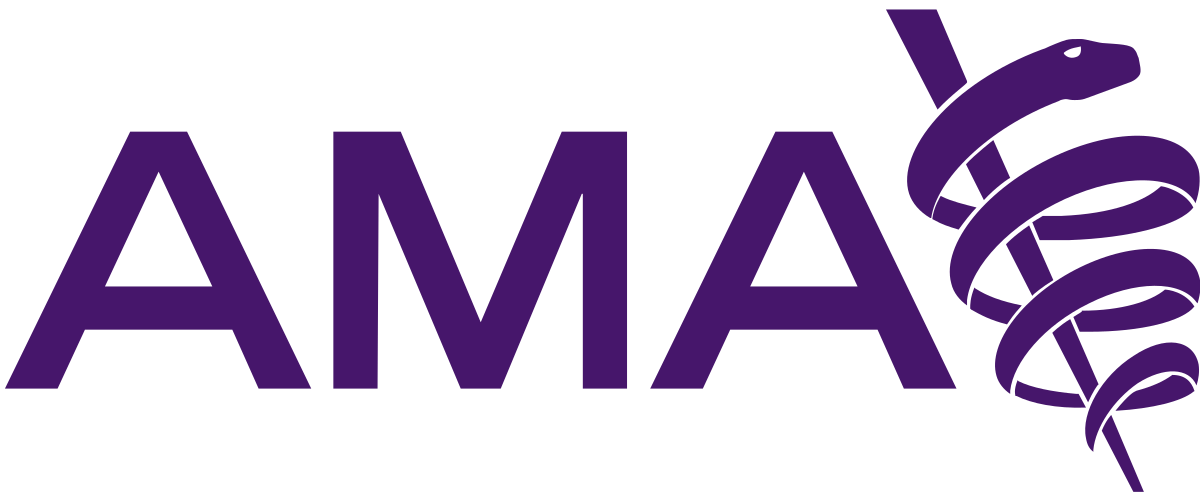Glaucoma Laser Surgery
Recovery Time
In general, patients can resume normal daily activities the next day after laser surgery.
The procedure is usually performed in an eye doctor’s office or eye clinic. Before the surgery, your eye will be numbed with medicine. Your eye may be a bit irritated and your vision slightly blurry after the surgery. You should arrange a ride home after your surgery.
Risks of Laser Surgery
As with any type of surgery, laser surgery can carry some risks. Some people experience a short-term increase in their intraocular pressure (IOP) soon after surgery. In others who require YAG CP (Cyclophoto-Coagulation) surgery, there is a risk of the IOP dropping too low to maintain the eye’s normal metabolism and shape. The use of anti-glaucoma medication before and after surgery can help to reduce this risk.
Increased Risk of Cataracts
There is a small risk of developing cataracts after some types of laser surgery for glaucoma. However, the potential benefits of the surgery usually outweigh any risks.
There is a common myth that lasers can be used to remove cataracts; this is not the case except in experimental studies. After a cataract has been taken out with conventional cutting surgery, there often remains an outer membrane lens capsule. This membrane can slowly thicken and cloud vision, just as the cataract did. Laser surgery can open this membrane, helping to clear vision without an operation. This laser procedure is called a capsulotomy.
It is important to discuss all of your questions or concerns about laser surgery with your eye doctor.





